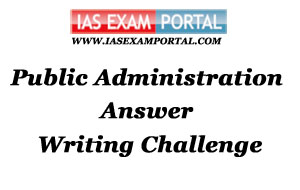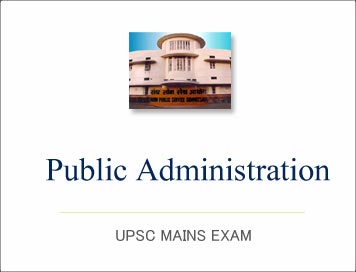
(The Gist of Kurukshetra) WASTE TO WEALTH: THE WASTE
MANAGEMENT ALTERNATIVES -
December -2017
WASTE TO WEALTH: THE WASTE MANAGEMENT ALTERNATIVES
Industrializations become very significant for developing countries like
India having large number of population. Rapid increase in urbanization and per
capita income lead to high rate of municipal solid waste generation. In recent
times, Ewaste and plastic waste also contribute considerably to total waste
stream due to utilization and electronic and other items. These wastes may cause
a potential hazard to human health or environment if any of the aspects of solid
waste management is not managed effectively. Even today, large portion of solid
waste is dumped indiscriminately on outskirts of towns or cities without any
prior treatment.
India-waste Generation Scenario
Every year, about 55 million tones of municipal solid waste (MSW) and 38
billion liters of sewage are generated in the urban areas of India. In addition,
large quantities of solid and liquid wastes are generated by industries. Waste
generation in India is expected to increase rapidly in the future.
Type of Waste
Waste can be broadly classified into:
1. Urban waste
2. Industrial waste
3. Biomass waste
4. Biomedical waste
Urban waste includes Municipal solid Waste, Sewage and Faecal sludge, whereas
industrial waste could be classified as Hazardous industrial waste and
Nonhazardous industrial waste.
Importance of Waste to Energy
Most wastes that are generated, find their way into land and water bodies
without proper treatment, causing severe water pollution. They also emit
greenhouse gases like methane and carbon dioxide, and add to air pollution. Any
organic waste from urban and rural areas and industries is a resource due to its
ability to get degraded, resulting in energy generation. The problems caused by
solid and liquid wastes can be significantly mitigated through the adoption of
environmentfriendly waste-to-energy technologies that will allow treatment and
processing of waste before their disposal. These measures would reduce the
quantity of wastes, generate substantial quantity of energy from them, and
greatly reduce environmental pollution. India’s growing energy deficit is making
the government central and state governments become keen on alternative and
renewable energy sources. Waste to energy is one of these, and it is garnering
increasing attention from both the central and state governments. While the
Indian Government’s won figures would suggest that the cost of waste to energy
is somewhat higher than other renewable sources, it is still and attractive
option, as it serves a dual role of waste disposal and energy production.
Technologies for the Generation of Energy from Waste
Energy can be recovered from the organic fraction of waste through thermal,
thermo-chemical, biochemical and electrochemical methods.
Thermal Conversion: The process involves thermal degradation of waste
under high temperature. In this, complete oxidation of the waste occurs under
high temperature. The major technological option under this category is
incineration.
Thermo-chemical conversion: This process entails high
temperature driven decomposition of organic matter to produce either heat energy
of fuel oil or gas. They are useful for wastes containing high percentage of
organic non-biodegradable matter and low moisture content. The main
technological options under this category include Paralysis and Gasification.








